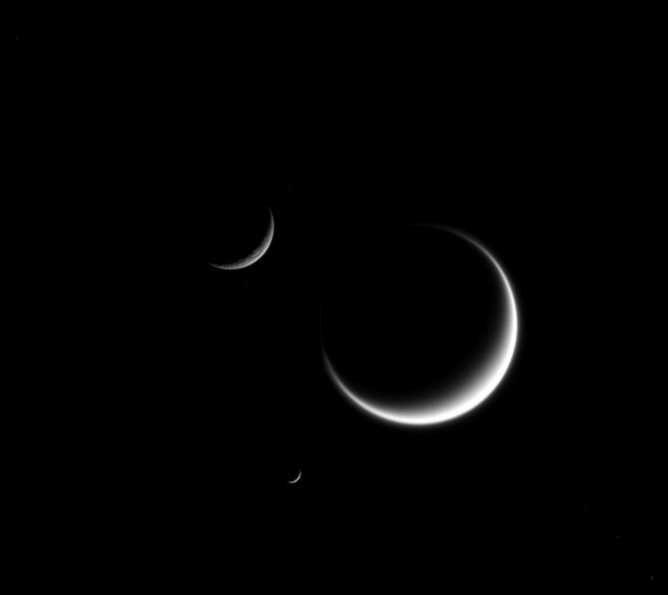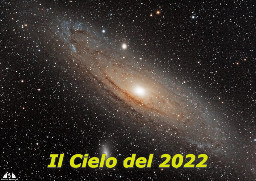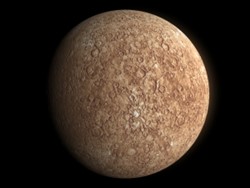 When I was young, the only planets we knew about were the ones in our own solar system.
When I was young, the only planets we knew about were the ones in our own solar system.
Astronomers presumed that many of the other stars in the night sky had planets too, but this was sheer speculation. We could never know for sure, the thinking went, because such planets were ridiculously small and faint. To ever see or study them seemed a complete impossibility. “Extrasolar planets,” or “exoplanets,” were a staple of science fiction, but not of professional astrophysics.
It’s hard to believe that there was once such a simple time. The first definitive detection of an exoplanet was in 1991, identified by the tiny wobbles experienced by the parent star as its exoplanet swung around it. Since then, the field has exploded. There are now around 1,600 confirmed exoplanets, with almost 4,000 other known candidates. There are exoplanets smaller than Mercury, and others many times bigger than Jupiter. Their orbits around their parent stars range from a few hours to hundreds of years. And the ones we know about are just a tiny fraction of the more than 100 billion exoplanets we now believe are spread throughout our Milky Way galaxy.
But while the golden age of exoplanets has barely begun, an exciting additional chapter is also taking shape: the hunt for exomoons.
Sorgente: Eying exomoons in the search for E.T >> SETI.

















